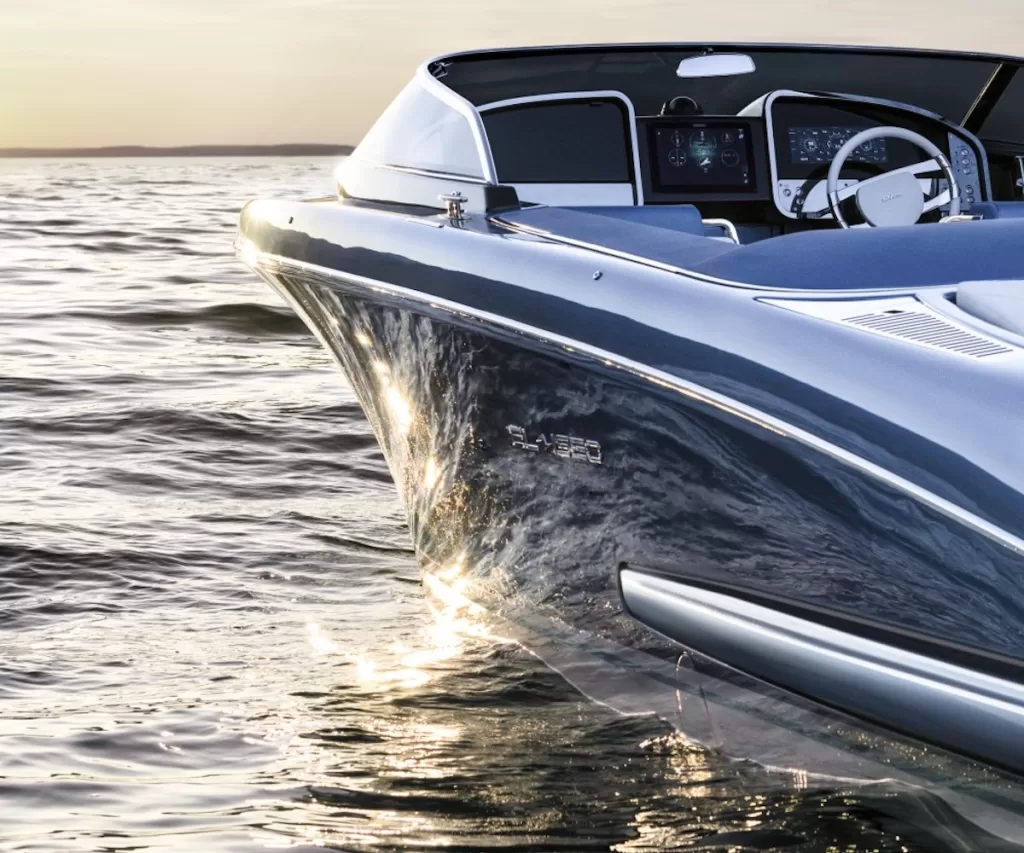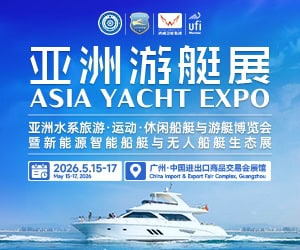Riva has launched its first fully electric power boat.
Riva El-Iseo launches the brand’s new E-Luxury segment under its sustainability banner, which as well as taking propulsion into consideration also focuses on materials used and the production process.
The craft was designed by Mauro Micheli and Sergio Beretta, founders of Officina Italiana Design, working in partnership with the Strategic Product Committee led by Piero Ferrari and the Ferretti Group Engineering Department.
“Riva’s great strength, right from the outset, has been its ability to rise to and win the design challenges faced over the years, by combining its craftsmanship and know-how with new technologies,” said Ferretti Group CEO Alberto Galassi.
“Riva El-Iseo isn’t only the world’s most beautiful full-electric powerboat, but also proof that investing in research and development opens up new paths to sustainability and environmental awareness.”
And he pointed out that Riva El-Iseo is the first model in its segment to obtain RINA Category B certification, designed for wind force up to and including 8 and significant wave height of 4 metres and above.
The craft measures 27ft (8.40 m) with a maximum beam of 2.5m with her design inherited from Riva’s Iseo.

A traditional stern-drive propulsion system is used with a Parker GVM310 full-electric engine from Parker Hannifin.
There is a power output of 250kW, peaking at 300kW giving a cruising speed of 25 knots and a top speed of 40 knots.
For maximum stabilisation when underway, El-Iseo has autotrim control for the stern-drive engine and a Zipwake interceptor for trim correction.
El-Iseo is fitted with a high-energy-density lithium battery pack supplied by Podium Advanced Technologies.
The 150kWh, 800V batteries have two charging modes, normal and fast, for charging from 20% to 80% in 75 minutes.
The battery pack has a ‘redundant design configuration’, with two independent blocks to ensure that the failure of one of the two blocks doesn’t put the operation of the entire pack at risk.
Safety features include sealed and liquid-cooled batteries, together with extra thermal insulation.
A gas sensor is also installed to detect leaks.
The steering system design and its integration with the on-board systems was carried out by Xenta.
The craft has three cruising modes including eco and sport.






